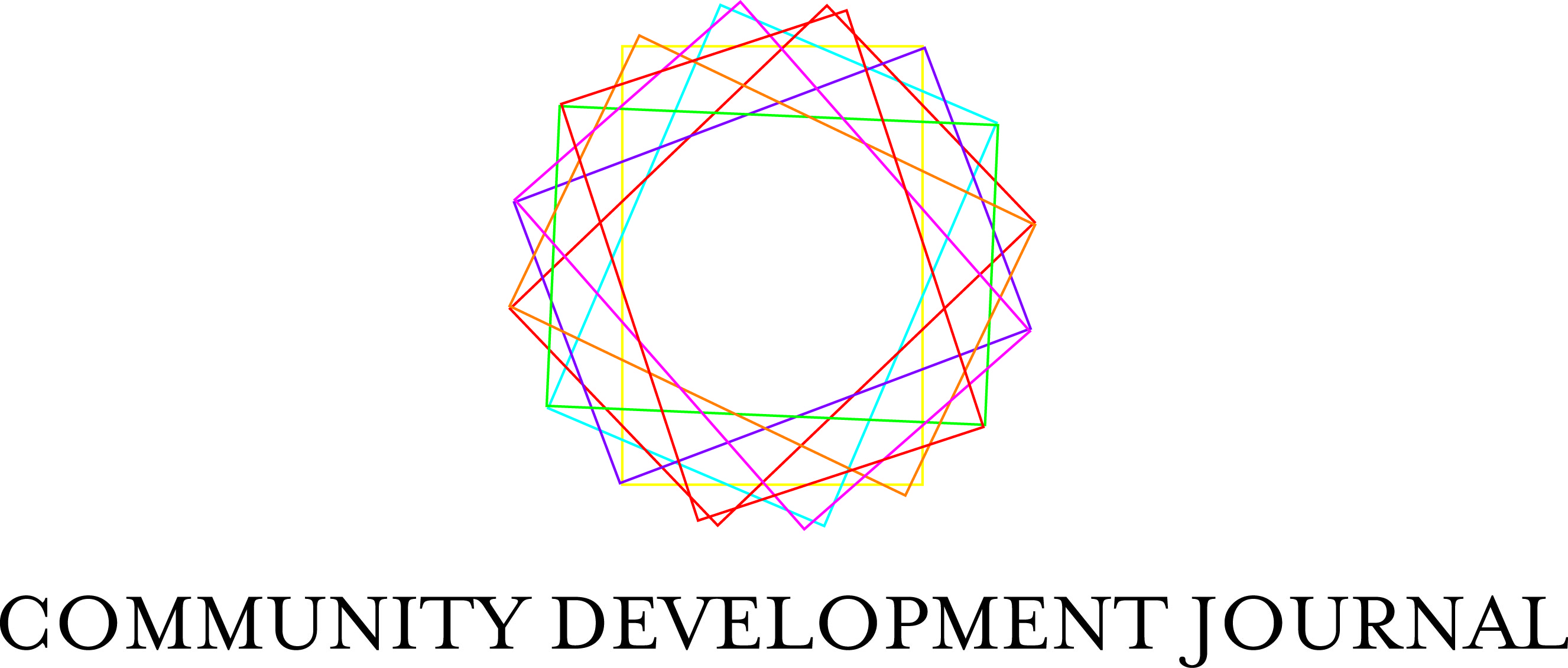
Transgender People in Indian Science Institutions: Identity, Community & Belonging
Purnaa Muthu dives into Sayantan Datta's work on community, identity and belonging for transgender people in Indian science institutions.
Many aspire to join science institutions in India for higher education: on the one hand, they promise tangible upward mobility, and purported economic stability and professional recognition; on the other, they embody a deeper cultural aspirationality. Belonging in these spaces signifies (and signals to others) a certain respectability.
The question of who belongs in these institutions has intrigued several people; in the past, people have highlighted how (cisgender) women and people from marginalized castes have been systematically excluded from these institutions. However, transgender people’s experiences in these institutions have remained largely undiscussed, despite legislative and judicial reforms in the last decade that have granted them civil and substantive rights.
Sayantan Datta, a science journalist and a gender and sexuality studies researcher, has spent years bridging this gap. As a queer-trans person with a science background, Datta’s work is motivated by their personal experiences in the Indian science ecosystem. In their paper “‘It’s nice that we can do that too’: investigating transgender persons’ negotiations with identity and community questions in Indian science institutions”, published in the Community Development Journal (vol. 59, no. 2), they explore how trans, gender nonconforming and non-binary people negotiate questions of identity, community and belonging in Indian science institutions. To answer these questions, Datta draws upon lived experiences of four gender-transgressive interlocutors who are either working or studying in Indian science institutions, or have been within the ecosystem in the past.
Narratives from their interlocutors reveal a masculinist culture in these institutions. Those who are able to adhere to this culture acquire a “social capital”, a term from French sociologist Pierre Bourdieu that refers to the value derived from belonging to networks that provide support, recognition, and shared identity. For gender-transgressive individuals, adhering to such masculinist cultures and, therefore, acquiring the requisite social capital is often impossible – and undesirable. Morpheus, currently a tenured faculty in an Indian science education institution, recalled to Datta their struggles as a student at one of the Indian Institutes of Technology (one of the most elite Indian science and technology institutions): “Because there’s a certain amount of masculinity in these spaces, it’s very hard to fully participate… My social capital in that space was rock bottom, regardless of my academic achievements.”
This suggests that adherence to institutional cultures outweighs academic success – a weighty finding in the context of the dominant narrative’s insistence of “merit” as the primary determinant for entry and success at these institutions. “Despite how ‘merit’ has been at the heart of how (elite) science institutions talk about who can and cannot enter, it seems like belonging is not determined by merit but by how well individuals can adhere to institutional cultures, which are masculinist,” Datta told this writer.
Datta’s study also highlights how caste and class complicate the articulation of gender in elite science institutions. Nyx, an undergraduate student at the time of Datta’s study, explains how they use the term “non-binary” rather than “transgender” to express their gender. The latter term, Nyx explained, might lead peers to associate them with the hijras, a hypervisible and historically marginalized transfeminine collectivity in India. The hijras are often relegated to an outcaste status since they participate in occupations seen as ‘dirty’ by the normative public: sex work and seeking alms. In other words, Nyx’s apprehension in using the term “transgender/trans” to articulate their gender stems from the worry that the term’s association with hijra communities might strip them (Nyx) of caste-class respectability. Conversely, as Nyx told Datta, the term “non-binary” is “a very bourgeois marker.” These negotiations underscore that the need to adhere to caste-class respectability might be rescripting the very articulation of gender in Indian science institutions .
At the same time, it would be wrong to assume that trans people in these institutions are only negotiating and not challenging caste and casteism within these institutions. Datta dives into the case of one trans people’s collective in an elite science institution, conceptualizing these collectives as “hybrid and unstable assemblages” with multiple and shifting compositions and affiliations. Datta highlights how the collective in question not only advocates for institutional changes relevant to gender-transgressive individuals (such as gender-affirming infrastructures) but also takes up anti-caste advocacy.
As these collectives continue to evolve, Datta is hopeful that their effects will be far-reaching: “Cross-movement solidarity will make Indian science institutions a more welcoming space for not only queer and transgender people but also for people from other marginalized locations, including caste, class, region, religion, and disability.”
You can read Sayantan Datta's full paper here.
Purnaa Muthu is an undergraduate student majoring in Psychology at Krea University with tutoring experience at the Center for Writing and Pedagogy (CWP), Krea University.
